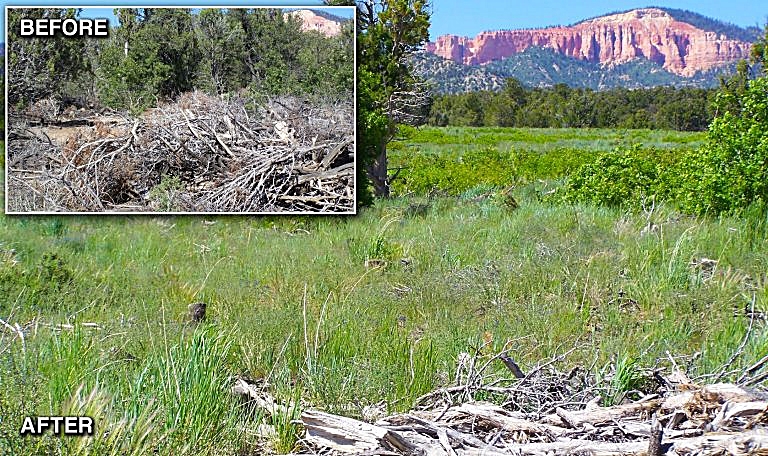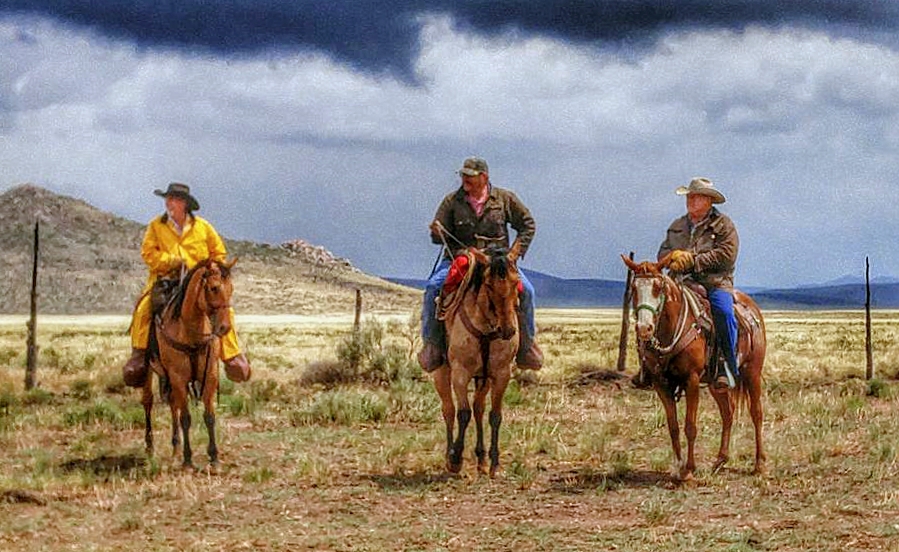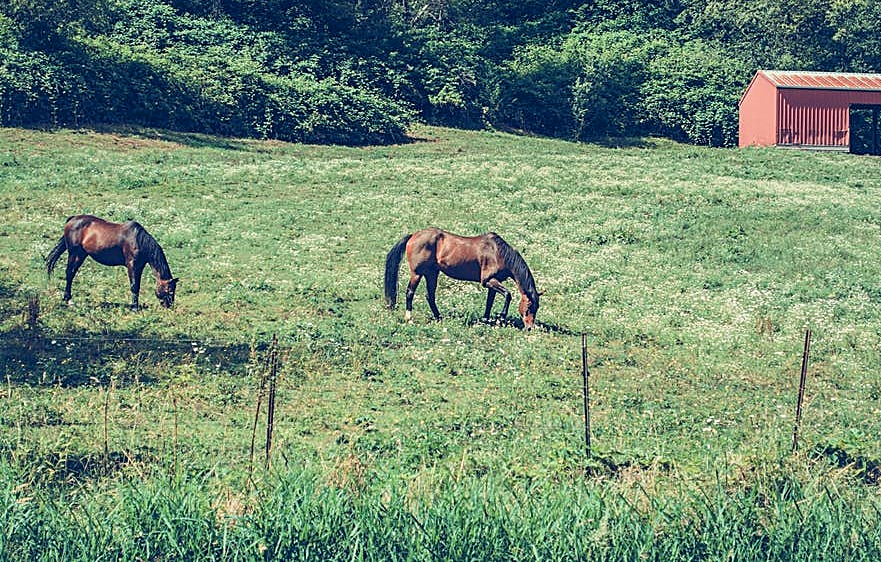Chaining and other Pinyon-Juniper removal projects often include aerial seeding of native and drought resistant plant species which helps the area to recover and provide valuable habitat for both wildlife and livestock. Some of these plants, like grasses and forbs, emerge from seed soon after the projects are completed while other plants, such as sagebrush, take a bit longer to develop and grow. Diversity in vegetation ages and types also breaks up continuous fuels which helps to reduce catastrophic fires.
Posted by Editor
Utah’s Watershed Restoration Initiative is a cooperative effort to protect wildlife habitat and restore watersheds in its rugged sagebrush landscapes. But when radical special interest groups, pretending to be about the environment, scare monger the habitat management method of ‘chaining,’ they’re not telling you the full story.
The following video was produced by the Utah Division of Natural Resources in response to such a fear campaign. Habitat restoration is a comprehensive effort, requiring many hands, and the ‘messy’ business of chaining yields improved habitat for species, including endangered sage grouse, healthier streams and rivers, and a more hopeful future for Utah’s lands, resources and wildlife.
[Utah’s] WRI (Watershed Restoration Initiative) is a partner with BLM in the planning and implementation of several Pinyon-Juniper reduction projects like the one depicted in the ad. The goal of projects like this is to diversify the vegetation type by introducing disturbance through the mechanical removal of trees. This disturbance mimics the affects of a fire without the complete removal of the understory vegetation. Unlike a fire, It also allows us to better control the extent of the disturbance. Chaining and other Pinyon-Juniper removal projects often include aerial seeding of native and drought resistant plant species which helps the area to recover and provide valuable habitat for both wildlife and livestock. Some of these plants, like grasses and forbs, emerge from seed soon after the projects are completed while other plants, such as sagebrush, take a bit longer to develop and grow. Diversity in vegetation ages and types also breaks up continuous fuels which helps to reduce catastrophic fires.
For more information on the Hamlin Valley project depicted in the SUWA ad visit the project page Here
Nothing tells a story like before and after photos.
These photos show a similar chaining project in Hamlin Valley before treatment and nearly 10 years after.


See more about Utah’s Watershed Restoration Project HERE
Free Range Report
Thank you for reading our latest report, but before you go…
Our loyalty is to the truth and to YOU, our readers!
We respect your reading experience, and have refrained from putting up a paywall and obnoxious advertisements, which means that we get by on small donations from people like you. We’re not asking for much, but any amount that you can give goes a long way to securing a better future for the people who make America great.
[paypal_donation_button]
For as little as $1 you can support Free Range Report, and it takes only a moment.



